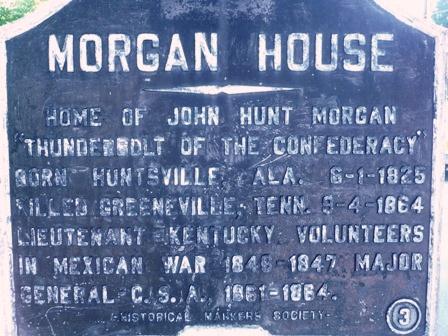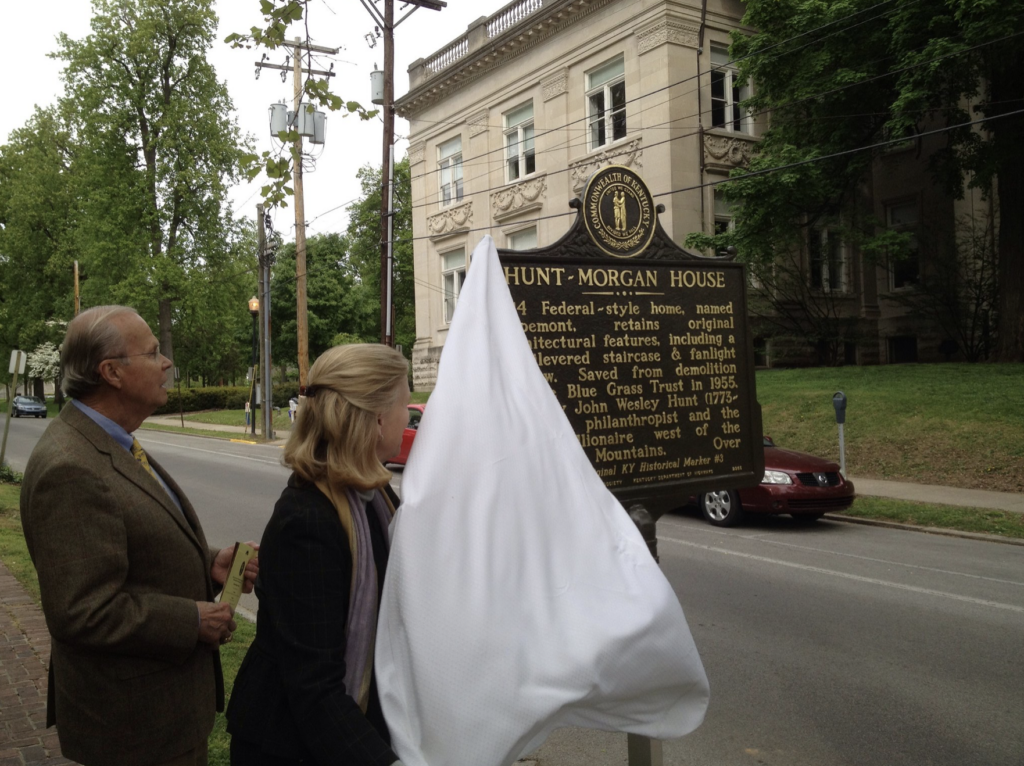
In a column for the Jessamine Journal in 2015, I wrote about how historic markers shared Kentucky’s history. That 2015 column convoluted the Historic Markers Society and the current historic markers program in Kentucky when, in reality, the former evolved into the latter. A shortcut was made for the sake of brevity.
But the full history is being properly told this week at a legislative committee (Interim Joint Committee Tourism, Small Business, and Information Technology) which is hearing testimony on the need to restore and rehabilitate historic markers which have gone missing or are in need of repair.
In 1935, some businessmen from central Kentucky discussed an effort of “marketing the bluegrass” by “starting a movement” to promote historic places around the Bluegrass. this Historic Markers Society wanted to install 100 historic markers, though it fell short by delivering only 21. Ultimately, the historic markers program fell until state control and the effort was made to utilize these roadside markers to share Kentucky’s history statewide.

Many of the original 21 markers are in desperate need of repair, though some have already been repaired. Through that process, a more complete history can also be told (modern technique allows more text and context. To illustrate, compare the two photographs above of the marker outside Hopemont in Lexington; work to restore and update this marker was paid for by a non-profit organization.
Since 1935, joint federal and state efforts have sought to “preserve for public use historic sites, buildings and objects of national significance.” In 1966, the National Preservation Act strengthened this mission. The sites identified through the historic marker program truly tell Kentucky’s story through over 2,400 unique markers. You can explore them by clicking here. And you can support their repair and upkeep by encouraging your legislators to take up the cause of a line-item in the state budget for the preservation of these markers.
The hearing of the Interim Joint Committee will meet on Tuesday, July 27, at 1pm. Testifying will be Scott Alvey (Executive Director Kentucky Historical Society), Kurt Krouse (Chair, St. Paul Parish Historical Preservation Ministry), and Foster Ockerman Jr., JD (President and Chief Historian Lexington History Museum). Although the legislature is only hearing testimony at this time, it is our fervent hope that funding will be found so that Kentucky’s rich history can continue to be told through these historic markers.

